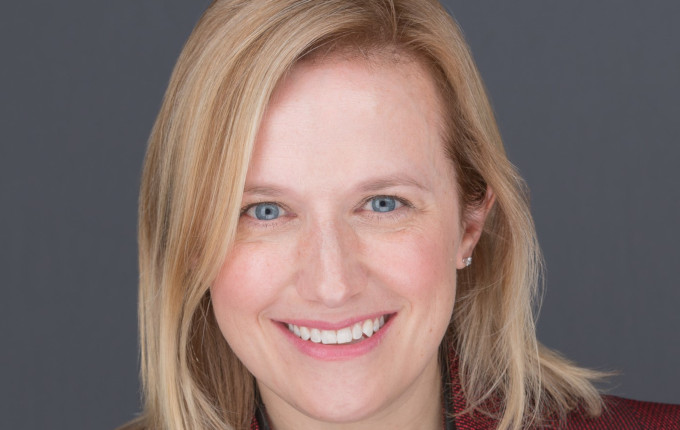Sustainability and innovation are often linked, according to Canadian pension fund OPTrust. We spoke to Alison Loat to discover how this influences the fund’s investment decisions.
Register to Access this Exclusive [i3] Insights Article
Create a free account to access exclusive interviews with asset owners, revealing insights on investment strategies, market trends, and portfolio allocations.
If you already have an account you can Login .
If you have any issues registering an account please send us an email at [email protected].

